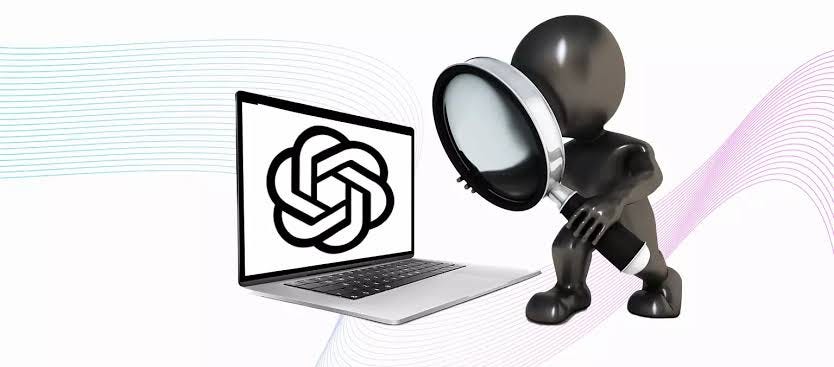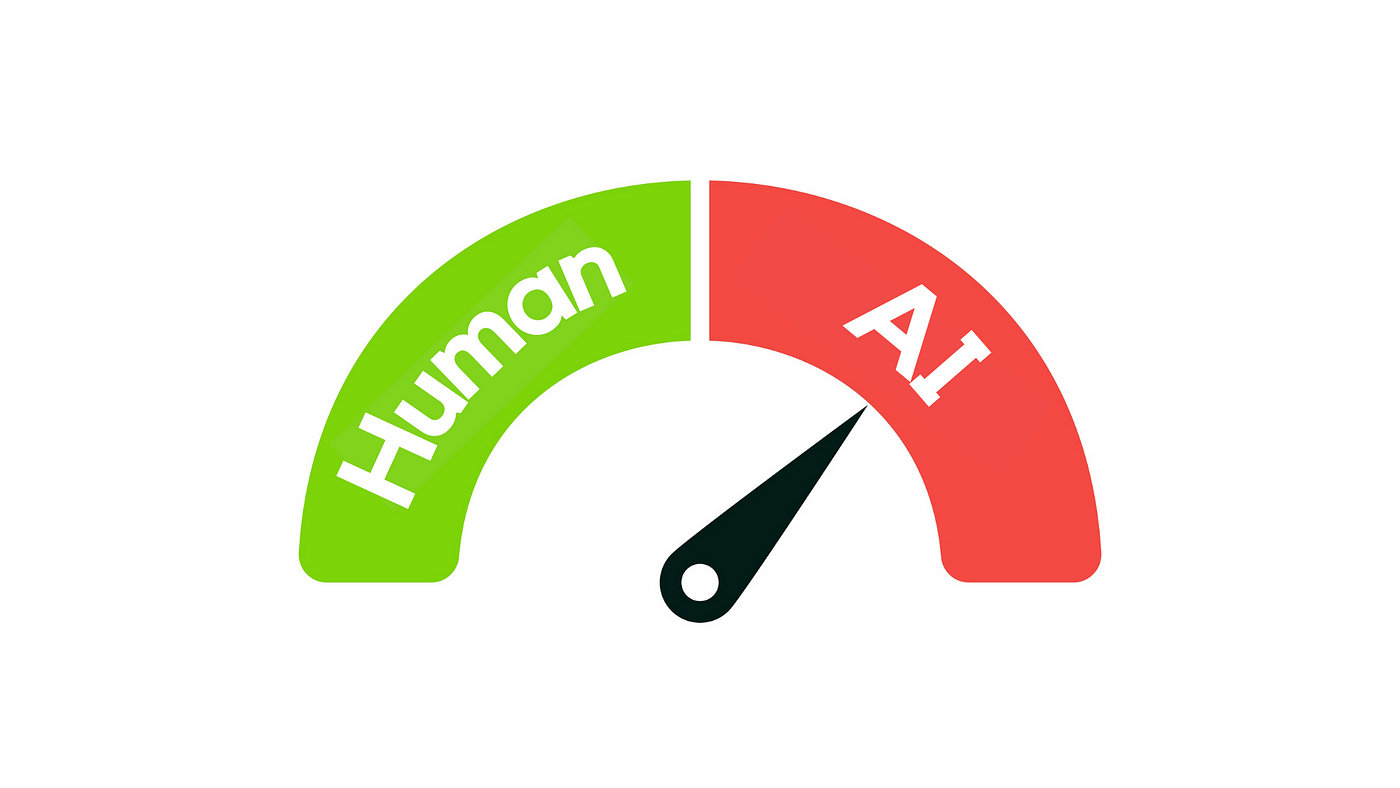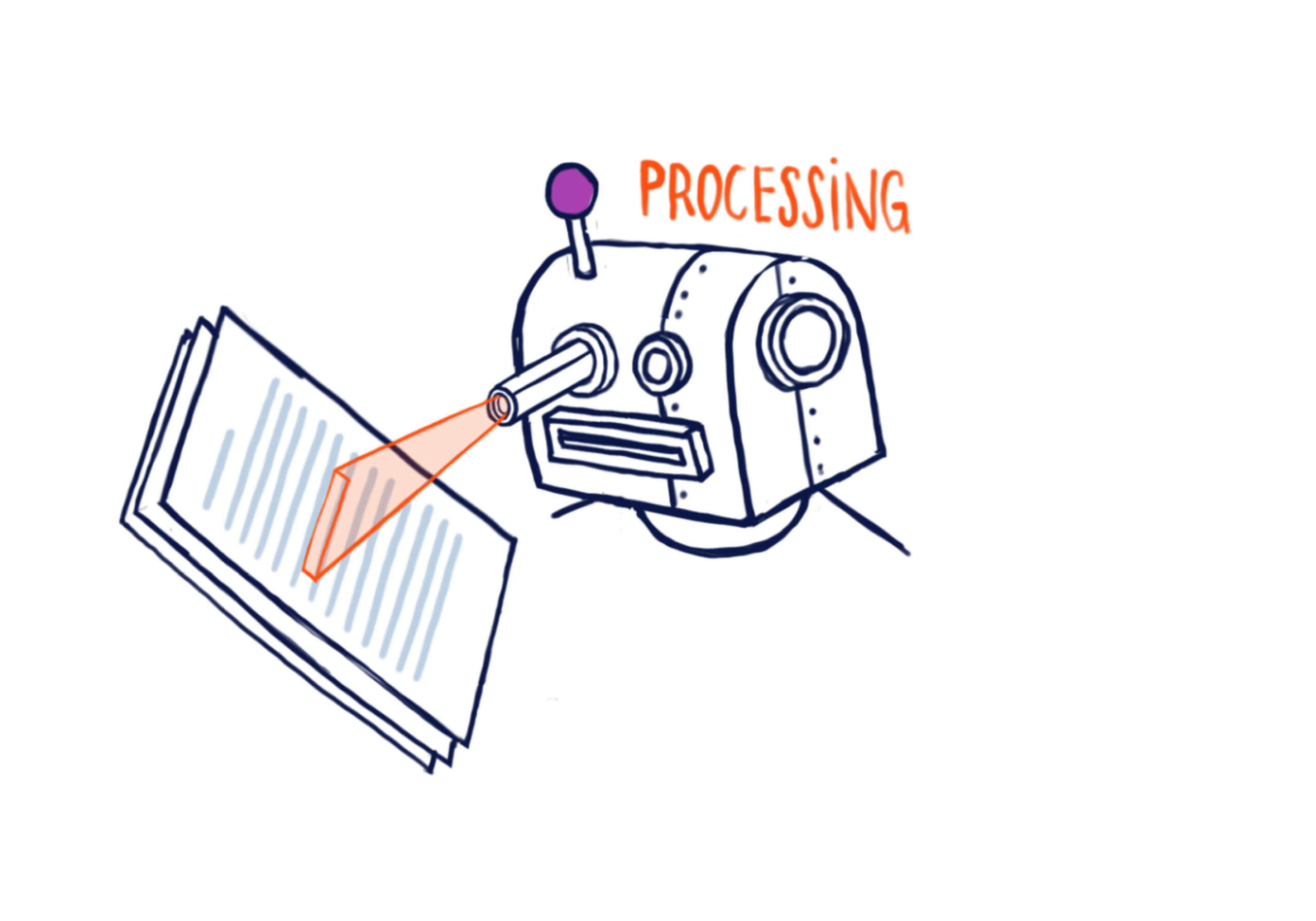Understand How Do AI Detectors Work and Make The Most Out of Them


AI detectors, also known as AI writing detectors or AI content detectors, are specialized tools crafted to identify texts fully or partially produced by AI tools like ChatGPT.
These detectors serve a practical purpose, particularly for educators aiming to verify the authenticity of their students’ work or for moderators focused on filtering out artificial product reviews and other forms of spam.
Yet, it’s important to note that these tools are relatively recent and still experimental, so they’re not always reliable. In this article, we’ll look at their importance, how do AI Detectors work, and what we might expect from them.
AI detectors have emerged as pivotal tools, significantly enhancing security and productivity across various sectors. These sophisticated systems, powered by deep learning algorithms and machine learning techniques, are adept at identifying and classifying objects or patterns based on specific criteria. Their integration into diverse fields, such as security, healthcare, and autonomous vehicles, underscores their versatility and their crucial role in modern society.
AI detectors excel in threat identification, swiftly analyzing large volumes of data to pinpoint potential threats with remarkable speed and accuracy. This capability is especially crucial in domains like cybersecurity, where rapid threat detection can thwart significant damage. Real-world applications, such as facial recognition systems in airports and anomaly detection in network traffic, highlight the transformative impact of AI detectors in bolstering security measures.

Why AI Detectors are Important?
Beyond security, AI detectors significantly automate manual processes, enhancing efficiency and productivity. By rapidly analyzing data, detecting patterns, and making accurate predictions, these systems eliminate the need for manual data analysis, saving valuable time and resources.
Real-world examples, including email filters, fraud detection in financial institutions, and quality control in manufacturing, showcase the profound influence of AI detectors in streamlining operations and fostering a more efficient work environment.
In the healthcare sector, AI detectors are making strides by enabling the early detection of diseases. By analyzing vast data and identifying patterns, these systems can flag potential signs of various diseases early, facilitating timely intervention and improving treatment outcomes. From cancer detection to mental health assessment, AI detectors are paving the way for more personalized and effective healthcare solutions.
While AI detectors have already revolutionized various industries, their full potential is yet to be realized. Challenges such as the need for high-quality labeled data and the incorporation of transfer learning techniques are pivotal in enhancing the accuracy and Performance of these systems. Addressing these challenges will amplify AI detectors’ capabilities and unlock their transformative impact across industries.
AI detectors stand at the forefront of technological innovation, redefining security, productivity, and healthcare paradigms. As we continue to harness the power of these intelligent systems, the future holds promising prospects for a safer, more efficient, and healthier world.
More articles about AI:
Understanding “how do AI detectors work” is crucial; they are sophisticated tools designed to discern whether a piece of text is generated by artificial intelligence, such as ChatGPT. These detectors, showcasing how AI detectors work, are particularly useful in verifying the originality of content submissions, or in content moderation, where the goal is to filter out AI-generated spam or fake reviews.
To understand how to AI detectors work, it’s important to note that they operate on language models similar to those used by the AI writing tools they aim to detect. Essentially, these models analyze the input text and determine if it resembles something they would have generated. The decision-making process involves assessing two key factors: perplexity and burstiness.

How do AI detectors work?
Perplexity evaluates the unpredictability of text, measuring its potential to baffle (confuse) a typical reader, either by making little sense or appearing unnatural.
Language models function by anticipating the next logical word in a sentence and incorporating it. Take the sentence “I couldn’t get to sleep last …” for instance. The table below illustrates possible continuations, ranging from the most to the least likely.
| Example Continuation | Perplexity | AI Detector Response | Implication |
| I couldn’t get to sleep last night. | Low | Likely AI-generated | The sentence is straightforward and predictable, typical of AI-generated text aiming for coherence and readability. |
| I couldn’t get to sleep the last time I drank coffee in the evening. | Low to Medium | Possibly AI-generated | The sentence is logical and makes sense but is slightly more complex, which might be seen in both AI-generated and human-written text. |
| I couldn’t get to sleep last summer on many nights because of how hot it was at that time. | Medium | Possibly human-written | The sentence structure is more complex and less predictable, which could be indicative of human writing, showing creativity and variability. |
| I couldn’t get to sleep last pleased to meet you. | High | Likely human-written | The sentence is grammatically incorrect and illogical, suggesting human error or creativity, which is less common in AI-generated text. |
Burstiness refers to the diversity observed in the structure and length of sentences within a text. It’s akin to perplexity but focuses on sentences as a whole rather than individual words:
Typically, AI-generated texts demonstrate lower burstiness compared to those written by humans. This is because AI language models are programmed to select the next most probable word, leading them to generate sentences that are more uniform in length (often ranging between 10 to 20 words) and follow standard structural patterns. As a result, AI-generated writings may appear repetitive or dull.
A low level of burstiness in a text usually suggests that an AI might have produced it.
As we look towards the future, several emerging trends are set to redefine the capabilities and applications of AI detectors. These trends highlight the ongoing evolution in the field, and what do AI detectors look for in the future.
AI detectors increasingly leverage NLP technologies to understand and interpret human speech in real time. This integration transforms AI detector chat applications, enabling users to converse with AI detectors for instant responses and insights. The advancement in NLP is expected to enhance the interactivity and efficiency of AI detectors, making them more responsive and intuitive.
Case Study: Amtrak’s Ask Julie
Amtrak’s digital helper, “Ask Julie”, received upgrades in NLP technology to better comprehend and address customer questions with enhanced efficiency. The AI, powered by NLP, interprets the customer’s intent, regardless of the phrasing of their questions, providing accurate and instant responses. This led to improved customer service, increased booking rates, and significantly reduced operational costs.
Computer vision algorithms are becoming more sophisticated, significantly improving the accuracy and reliability of visual recognition in AI detectors. These advancements allow AI detectors to detect and analyze complex patterns and objects accurately. The improved capabilities in computer vision are set to revolutionize industries such as surveillance, healthcare, and autonomous driving by providing more accurate and reliable visual detection.
Case Study: Google’s Diabetic Retinopathy Detection
Google developed an AI system that uses advanced computer vision algorithms to analyze eye scans, detecting signs of diabetic retinopathy with high accuracy. This AI detector helps in early diagnosis and treatment, addressing a leading cause of blindness and showcasing the potential of AI in healthcare.

Trends in AI Detectors
AI detectors are increasingly integrated with IoT devices, enabling a seamless data flow and real-time analysis. This trend is particularly impactful in creating smarter, more effective detection systems that adapt to changing environments. The integration allows AI detectors to gather data from sensors, cameras, and other IoT devices, enhancing their detection capabilities and accuracy.
Case Study: Smart Agriculture with John Deere
John Deere’s integration of AI detectors with IoT devices in agricultural machinery allows for real-time data analysis. Sensors collect soil and crop data, which AI uses to optimize farming practices, predict maintenance needs, and increase efficiency. This integration demonstrates the transformative potential of AI and IoT in traditional industries.
There is a growing emphasis on making AI detectors more interpretable and explainable. Users and stakeholders are seeking greater transparency in how AI detectors make decisions. Techniques such as feature importance analysis and rule-based explanations are being developed to provide insights into the decision-making process of AI detectors. This trend is crucial for building trust and ensuring accountability in AI-driven systems.
Case Study: IBM’s AI Explainability 360
IBM’s AI Explainability 360 is an open-source toolkit that provides algorithms and frameworks to make AI models more transparent and understandable. It’s used in various industries to help stakeholders understand AI decision-making processes, ensuring trust and compliance, especially in critical applications like finance and healthcare.
The concept of collaborative AI detectors is gaining traction. This approach involves enabling different AI detectors to communicate and exchange information, thereby combining their strengths and compensating for individual weaknesses. Collaborative AI detectors can cross-check suspicious content and share insights, leading to more reliable and robust detection capabilities. This trend is expected to foster a collective intelligence approach to tackling the challenges posed by AI-generated content.
Case Study: MIT’s M-Blocks
MIT’s M-Blocks are a perfect example of collaborative AI detectors. These are modular, self-assembling robots that work collaboratively to achieve complex tasks. Each block communicates and collaborates with others, showcasing how AI detectors can work together, sharing information and insights to accomplish objectives that would be challenging for individual units.
AI detectors ensure the authenticity and integrity of content amidst the rapid evolution of AI. Knowing how AI detectors work helps you have a leap towards a future where technology enhances every facet of our lives. Moving us towards a future where technology improves all parts of our lives.
But there’s still a long way to go. We need ongoing innovation and a clear understanding of how technology and human insight work together to tap into their potential.
For those ready to dive into this future and looking for top-notch AI services, TECHVIFY is your go-to partner. With our advanced solutions and dedication to quality, we’re here to help you tackle the complexities of AI and make the most of its possibilities. Contact TECHVIFY today, and let’s start this exciting journey together.


Table of ContentsI. Why AI Detectors are Important?1. Enhancing Security2. Boosting Productivity4. Revolutionizing Healthcare5. Unlocking the Full PotentialII. How Do AI Detectors Work?1. Perplexity2. BurstinessIII. Emerging Trends in AI Detectors1. Integration with Natural Language Processing (NLP)2. Advancements in Computer Vision3. Integration with IoT Devices4. Enhanced Interpretability and Explainability5. Collaborative AI DetectorsConclusion Technological advancements are paving new paths for companies across different sectors, and the logistics industry is no exception. According to a survey by Gartner, 87% of supply chain professionals plan to invest in enhancing the resilience of their platforms. Logistics encompasses a broad and complex array of processes that…
26 July, 2024

Table of ContentsI. Why AI Detectors are Important?1. Enhancing Security2. Boosting Productivity4. Revolutionizing Healthcare5. Unlocking the Full PotentialII. How Do AI Detectors Work?1. Perplexity2. BurstinessIII. Emerging Trends in AI Detectors1. Integration with Natural Language Processing (NLP)2. Advancements in Computer Vision3. Integration with IoT Devices4. Enhanced Interpretability and Explainability5. Collaborative AI DetectorsConclusion The technology sector is advancing at an unprecedented pace, and the HR landscape is evolving right alongside it. To attract top talent, HR professionals and organizations need to stay ahead of emerging technology hiring trends. This year, we are witnessing significant shifts in hiring practices that will redefine our…
25 July, 2024

Table of ContentsI. Why AI Detectors are Important?1. Enhancing Security2. Boosting Productivity4. Revolutionizing Healthcare5. Unlocking the Full PotentialII. How Do AI Detectors Work?1. Perplexity2. BurstinessIII. Emerging Trends in AI Detectors1. Integration with Natural Language Processing (NLP)2. Advancements in Computer Vision3. Integration with IoT Devices4. Enhanced Interpretability and Explainability5. Collaborative AI DetectorsConclusion Customized software plays a major role in managing various tasks within the telecom industry. It is essential for allocating numbers to subscribers and managing networks through optimized and AI-enabled routing protocols. Additionally, it aids in detecting fraud with intelligent telecom software development solutions and maintaining detailed subscriber profiles, including…
24 July, 2024


Thank you for your interest in TECHVIFY Software.
Speed-up your projects with high skilled software engineers and developers.
By clicking the Submit button, I confirm that I have read and agree to our Privacy Policy